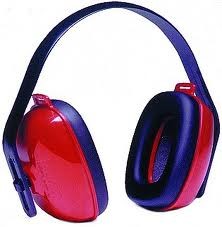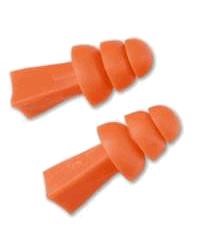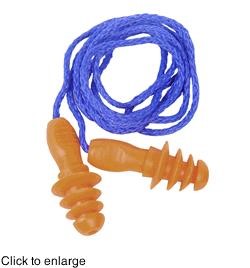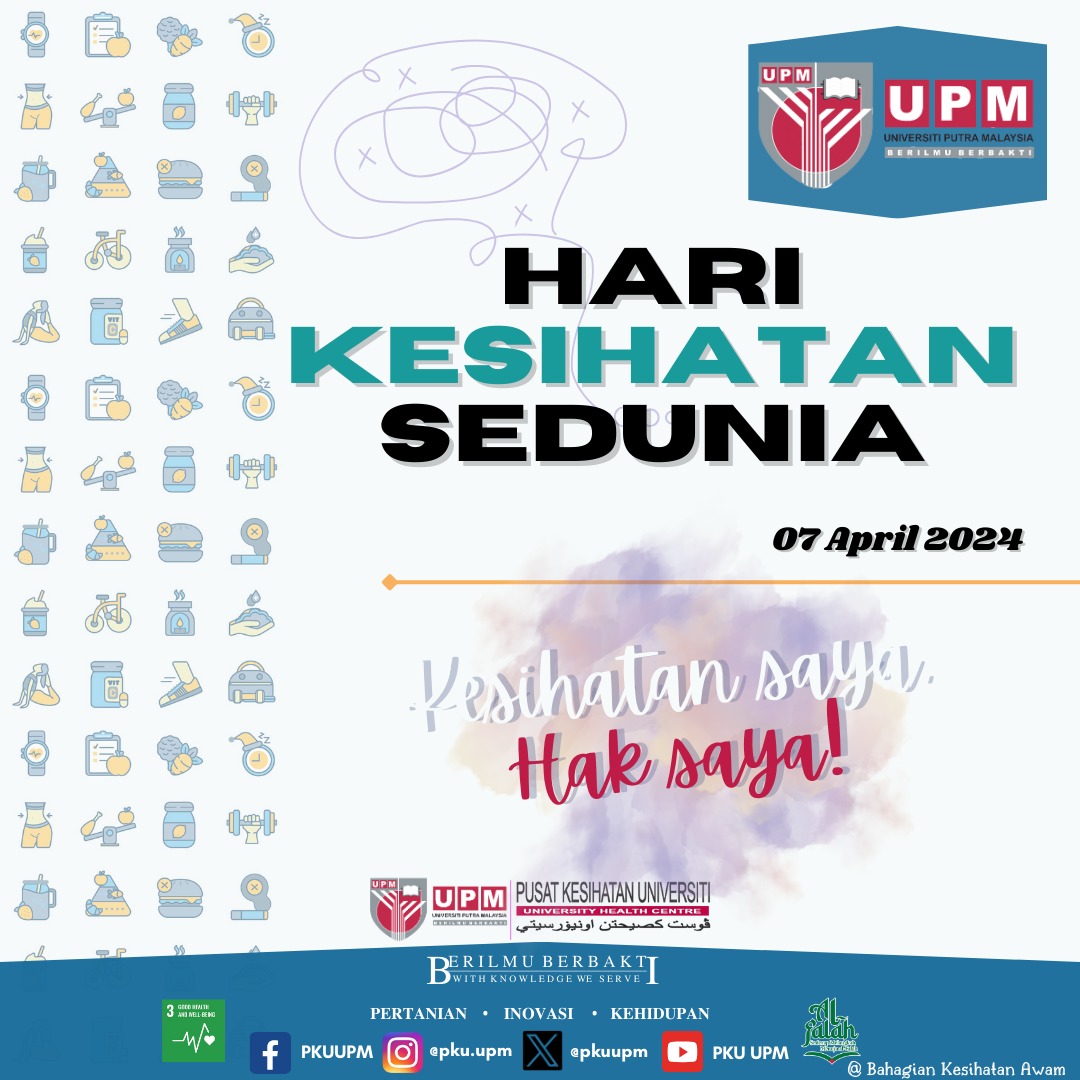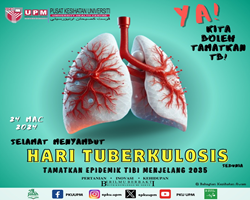Introduction:
According to Ministry of Human Resources, the statistics from the Department of Occupational Safety and Health (DOSH) revealed that noise induced hearing loss is the highest hazard in 2012 with a total of 956 cases reported. This number increased compared to 2011 which recorded 867 cases. And in 2016, a total of 2876 cases were reported as a result of the investigation by the Department Department Of Occupational Safety And Health Malaysia. This fact indicates that exposure to noise have always been a major challenge in the employment sector.
Noise induced hearing loss occurs when we are exposed to loud noise on certain duration or excessive noise levels such as heavy sound machines or machinery in the workplace.In general, listening to noise at work place in a short time and not repeated, is not a major threat to hearing. Only if the noise exposure is repeated then it will lead to permanent hearing loss. Sometimes it also happens to a teacher who is teaching in a noisy class or a person who is exposed to long and loud sounds of television. In 1998, the National Institute of Occupational Safety & Health (NIOSH) has issued a standard sound level and time frame allowed for noise exposure at work. Standards are as follows:
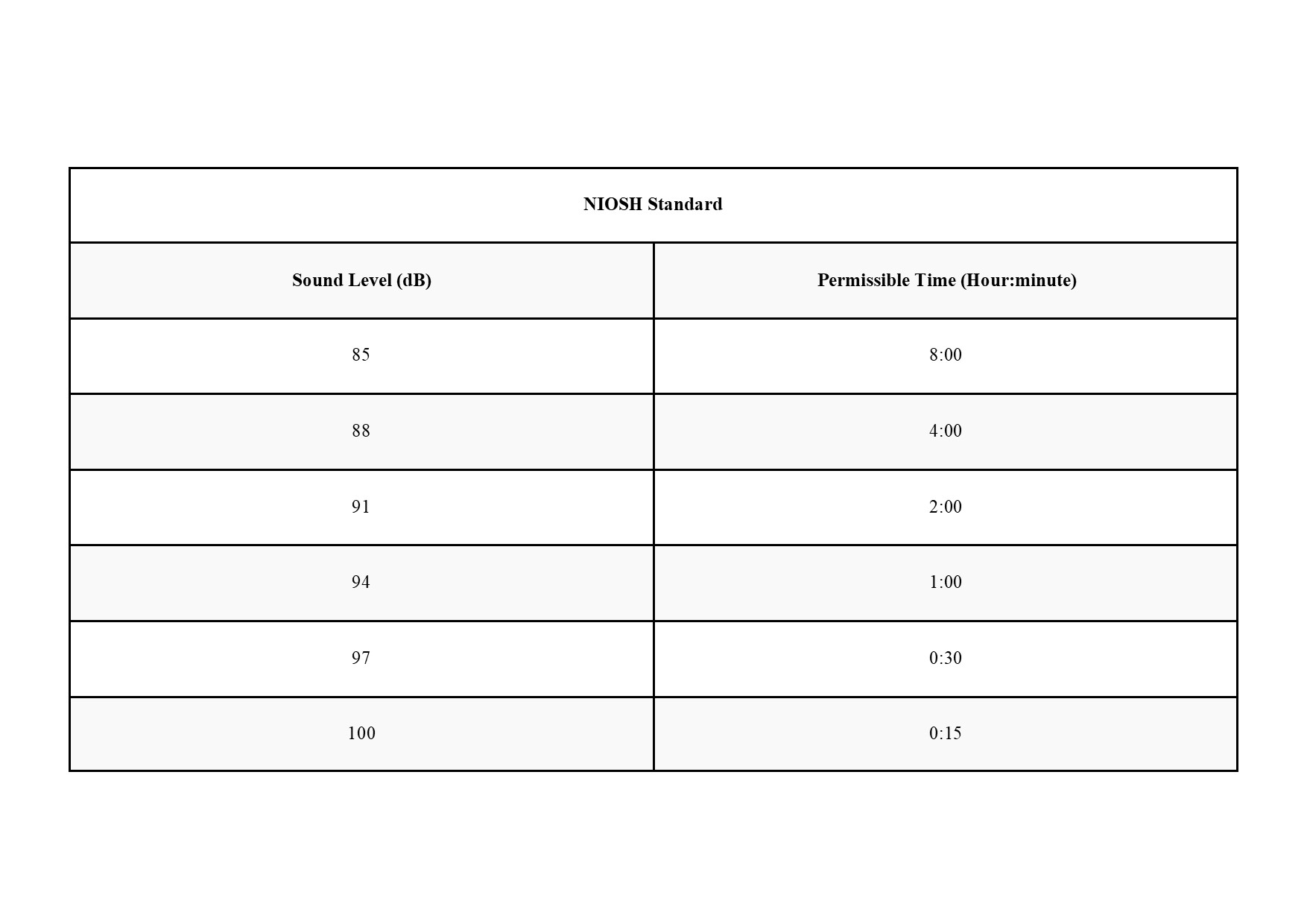
Symptoms:
The early symptoms of noise induced hearing loss are:
- Ringing in the ear
- Reduced hearing in both ears or one side of ears
- Ear pain
Effects and Complications:
A person suffering from noise induced hearing loss may also experience a variety of difficulties and problems as follows:
- Communication problems especially in noisy environments
- Can hear but not understand the conversation
- Speak in a loud voice
- Always ask the conversation to be repeated
- Could not listen to the radio or watching television at normal volume
- Emotional disturbance as irritable, tired or feeling isolated
- Dizziness and loss of balance
Who are at Risks?
A worker who may be exposed to this problem is as follows:
- Textile factory employees
- Steel mill workers
- Quarry Workers
- Military and police who have undergone training shooting
- Food processing industry workers
- Employees at the airport
- Metal industry workers
- Furniture factory workers
- Vector Unit Staff
Preventive Measures:
Noise induced hearing loss is a permanent hearing damage and difficult to be solved. DOSH has developed a policy to provide a healthy work environment for employees and employers. Therefore, it is a responsibility of the employer and employees to ensure implement the healthy and safe work environment.The acts that have been enforced by DOSH are the Occupational Safety and Health Act 1994 and the Factories and Machinery Act 1967.Noise from the work environment is indeed difficult to control. However, this can be prevented in several ways such as:
- Application of hearing protection devices (Personal Protective Equipment – PPE) ie earplug, Earmuff or both, especially when working
|
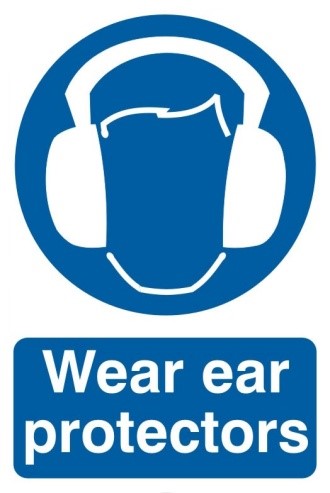
|
|
Safety sign of hearing protection device
|
- Engineering controls on machinery or workplace.
- Among the engineering controls that can be proposed is sound absorbent or dividers between workers and machines
- Distribution of working hours or shift system.
- To reduce employee exposure to excessive noise. In this case, the employer must take into account factors such as time and who are exposed to noise levels of their employees.
- Periodic hearing tests.
- This test is made as a monitoring and conducted annually during the work. However, hearing screening tests before work is necessary for the purposes of initial monitoring and reference in the future if there is any claim by the employee.
Diagnosis:
If there is any signs of having hearing problems caused by noise sounds, here are the guidelines to follow:
- Should seek expert advice from Audiologist and undergo hearing test.
- Once confirmed you have hearing problems, you will be referred to the Ear, Nose and Throat (ENT) Specialist to obtain medical advice.
- Case will be reported to the employer for further action whether to claim compensation, change working shift or commit engineering controls.
- However, if your problem is permanent and could not be treated, you are advised to use hearing aid. This device is used to help you hear better.
|
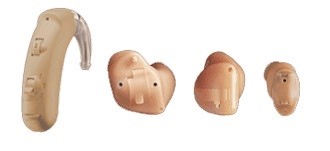
|
|
Few types of Hearing Aids
|
Few types of Hearing Aids:
Many are wondering whether they can still work after being diagnosed with this disease. The answer is yes. You can work but with a few conditions:
- You are no longer exposed to excessive noise
- Your hearing problem is not disrupting your work and other workers
- The employer has been informed of this matter and action on their part has been taken
Remember, prevention is better than cure.
Prepared by:
Dr Siti Noor Azlidah Bt Ali
(Occupational Health Doctor PKU)
References:
- http://www.dosh.gov.my
- National Institute for Occupational Safety and Health (1998). Criteria for a recommended standard: Occupational noise exposure. U.S. Department of Health and Human Services, Centers for Disease Control and Prevention.
Date of Input: 26/12/2019 | Updated: 26/10/2023 | izzatussofia
MEDIA SHARING













